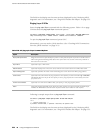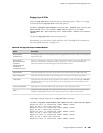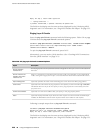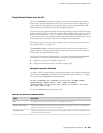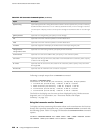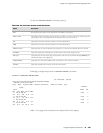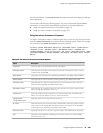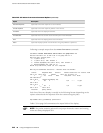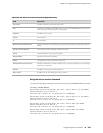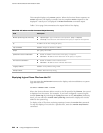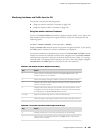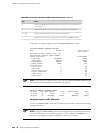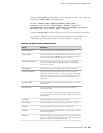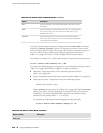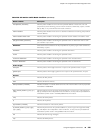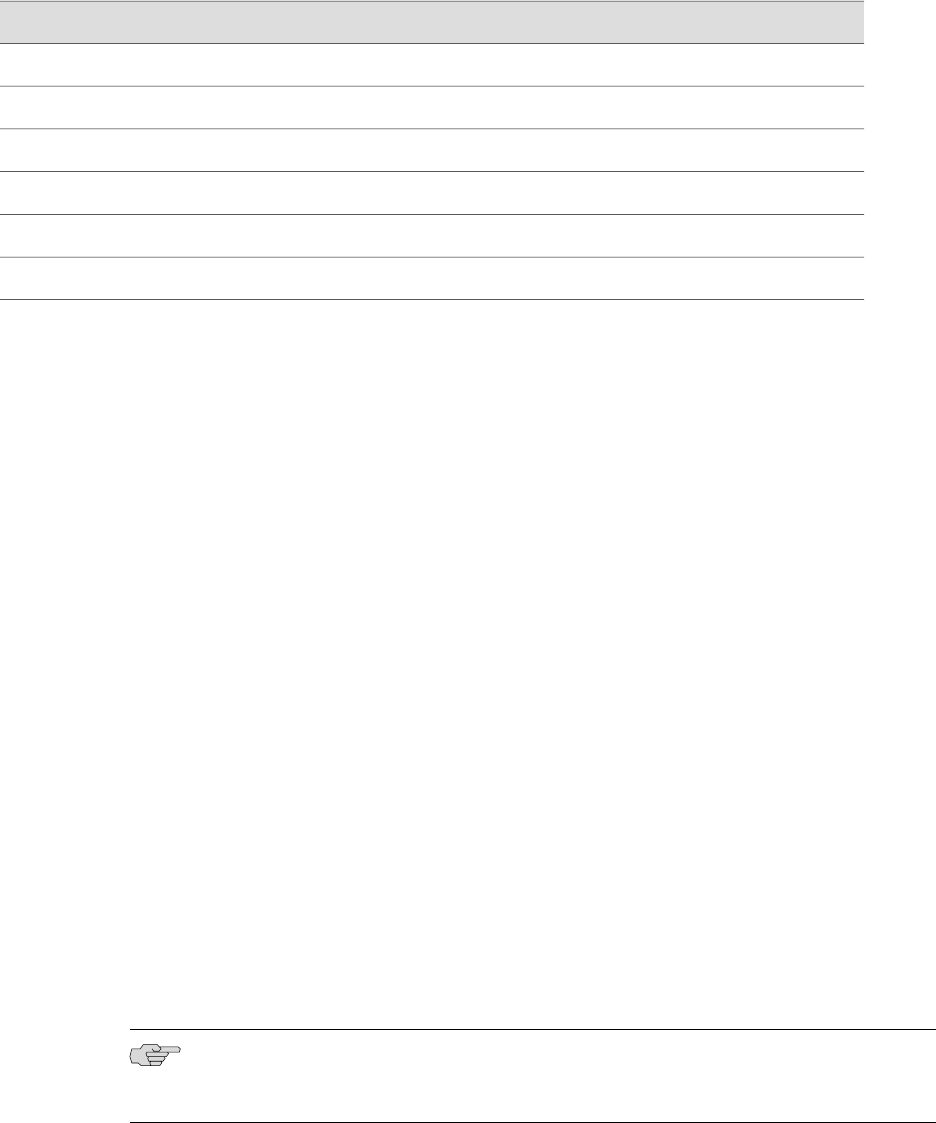
Table 124: CLI mtrace from-source Command Options (continued)
DescriptionOption
(Optional) Forces the responses to use multicast.
multicast-response
(Optional) Forces the response packets to use unicast.
unicast-response
(Optional) Does not display hostnames.
no-resolve
(Optional) Does not use the router alert IP option in the IP header.
no-router-alert
(Optional) Does not display packet rates and losses.
brief
(Optional) Displays packet rates and losses if a group address is specified.
detail
Following is sample output from the mtrace from-source command:
user@host> mtrace from-source source 192.1.4.1 group 224.1.1.1
Mtrace from 192.1.4.1 to 192.1.30.2 via group 224.1.1.1
Querying full reverse path... * *
0 ? (192.1.30.2)
-1 ? (192.1.30.1) PIM thresh^ 1
-2 routerC.mycompany.net (192.1.40.2) PIM thresh^ 1
-3 hostA.mycompany.net (192.1.4.1)
Round trip time 22 ms; total ttl of 2 required.
Waiting to accumulate statistics...Results after 10 seconds:
Source Response Dest Overall Packet Statistics For Traffic From
192.1.4.1 192.1.30.2 Packet 192.1.4.1 To 224.1.1.1
v __/ rtt 16 ms Rate Lost/Sent = Pct Rate
192.168.195.37
192.1.40.2 routerC.mycompany.net
v ^ ttl 2 0/0 = -- 0 pps
192.1.40.1
192.1.30.1 ?
v \__ ttl 3 ?/0 0 pps
192.1.30.2 192.1.30.2
Receiver Query Source
Each line of the trace display is usually in the following format (depending on the
options selected and the responses from the routers along the path):
hop-number host (ip-address) protocolttl
Table 125 on page 243 summarizes the output fields of the display.
NOTE: The packet statistics gathered from Juniper Networks routers and routing
nodes are always displayed as 0.
242 ■ Using CLI Diagnostic Commands
J-series™ Services Router Administration Guide



